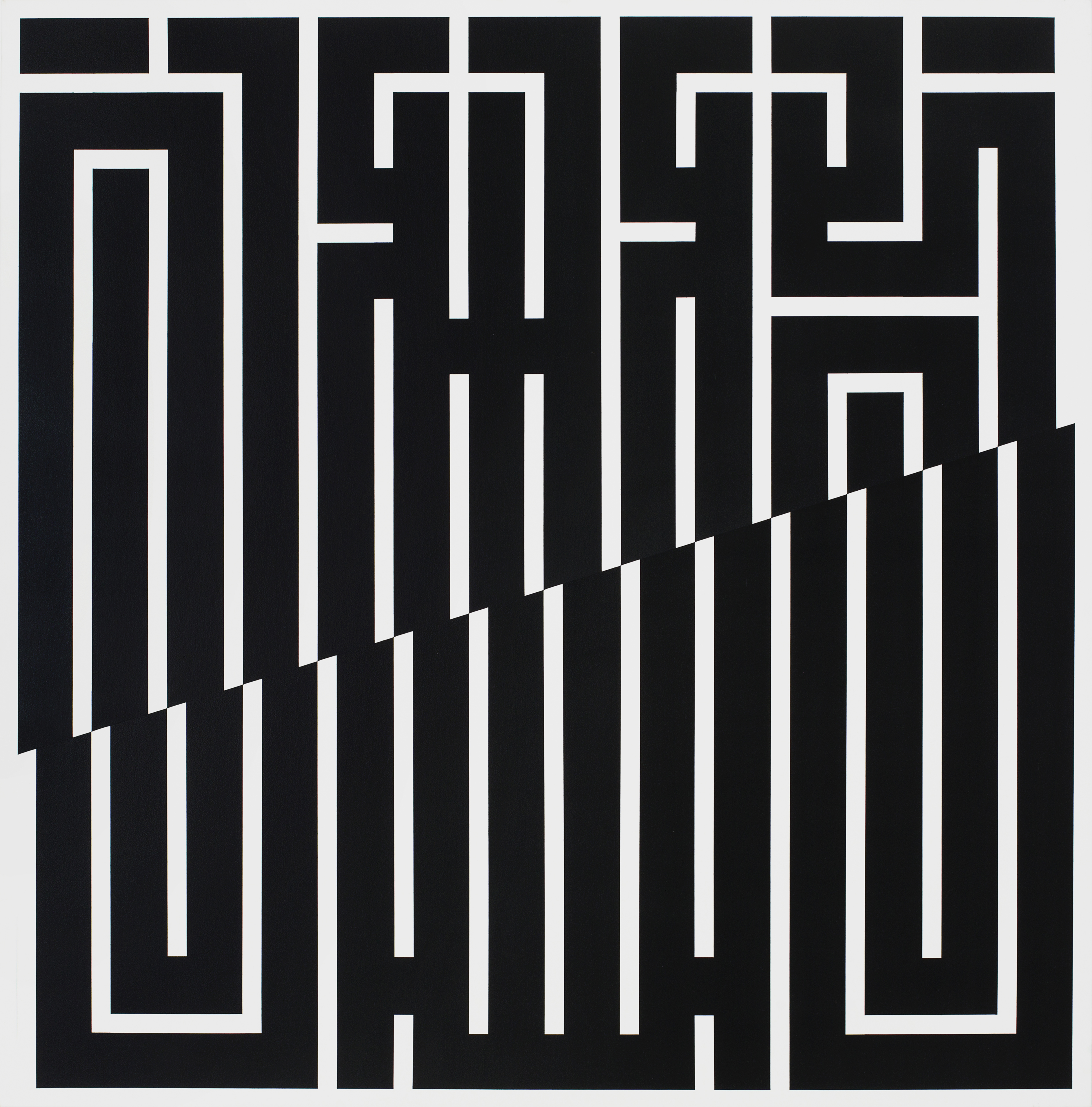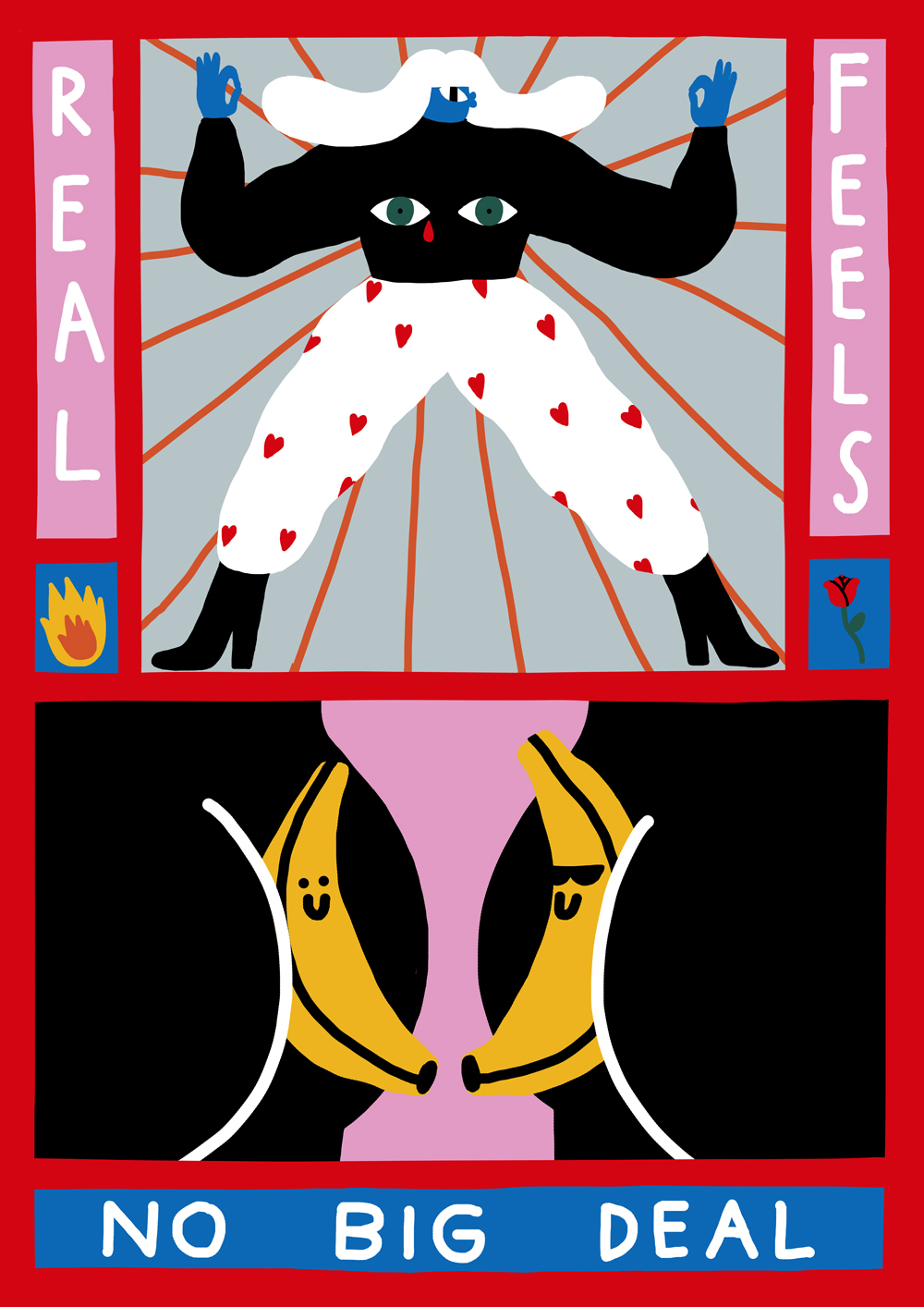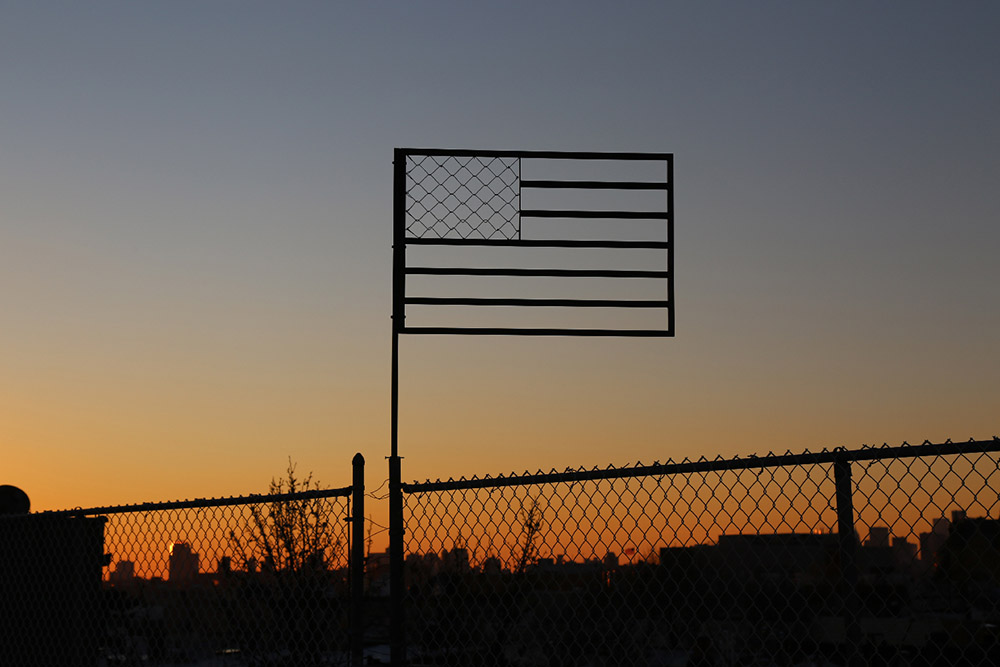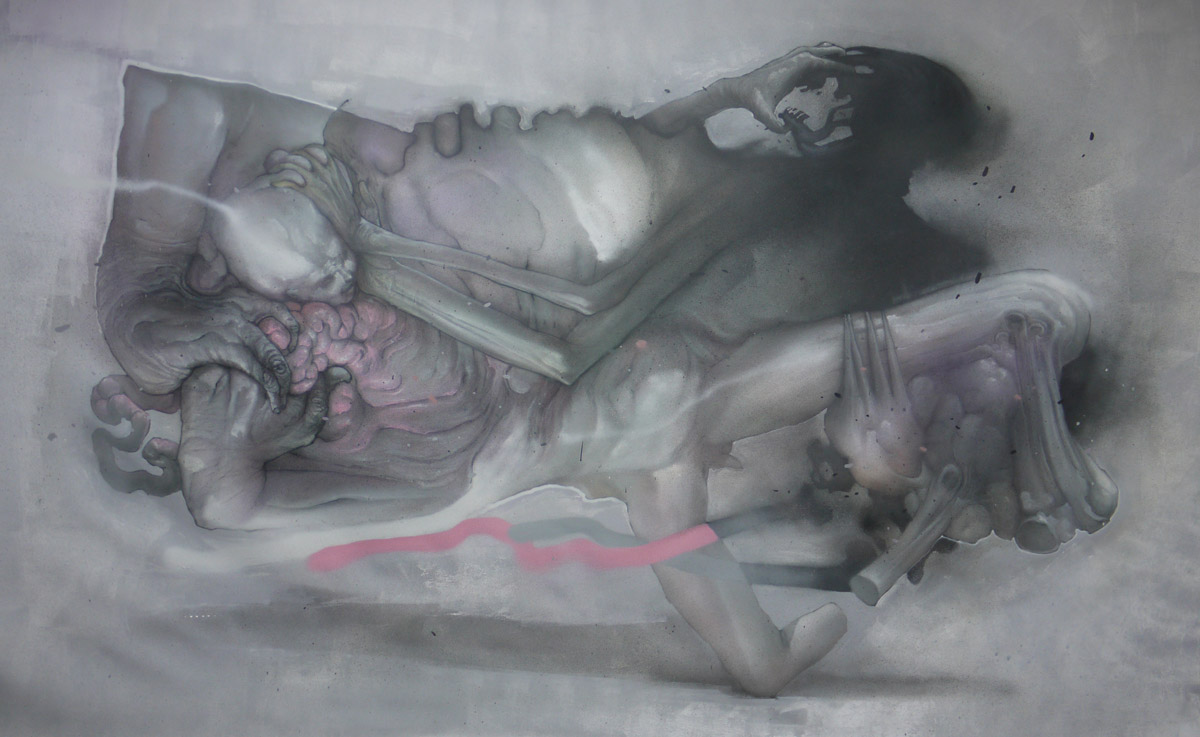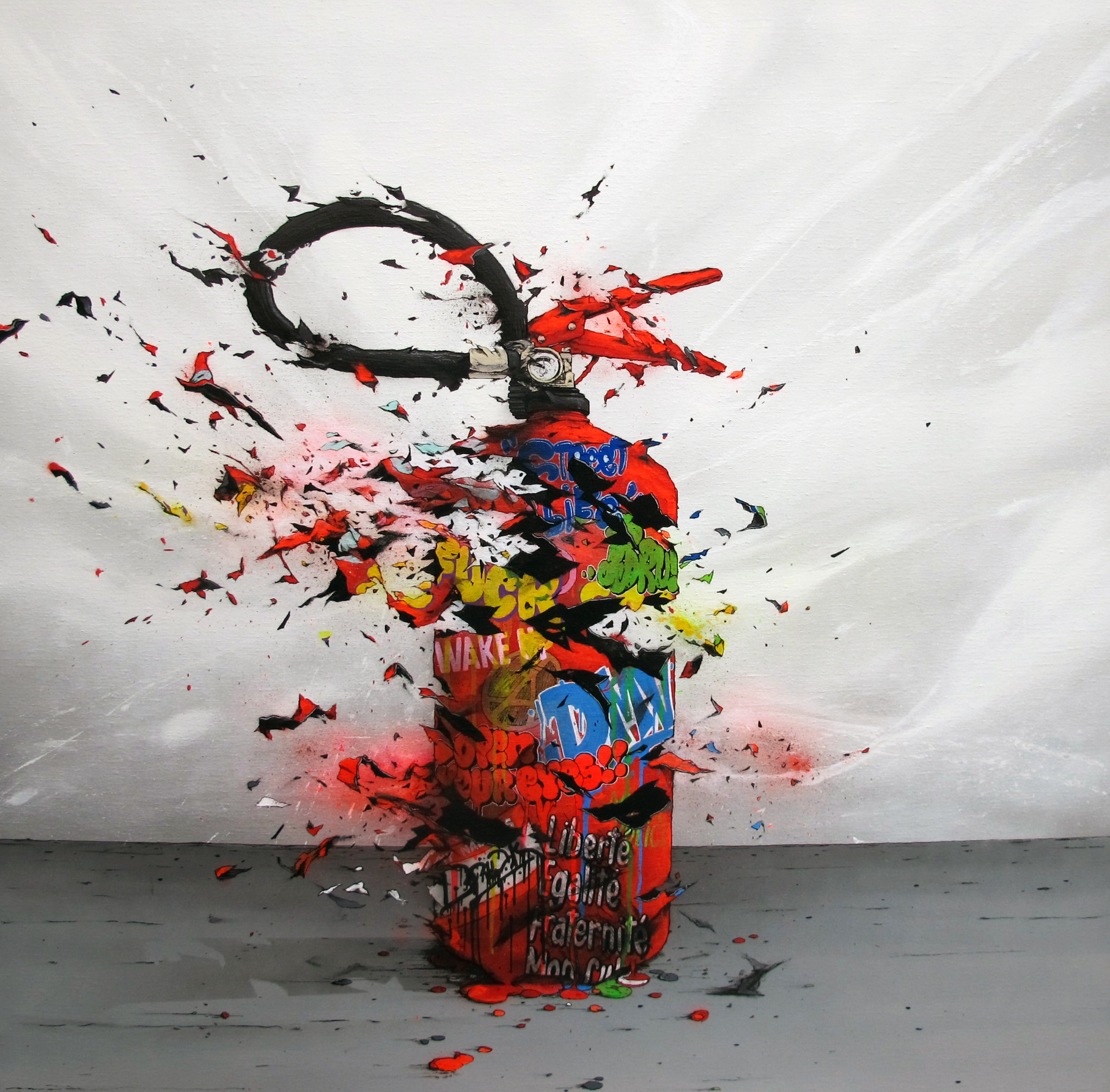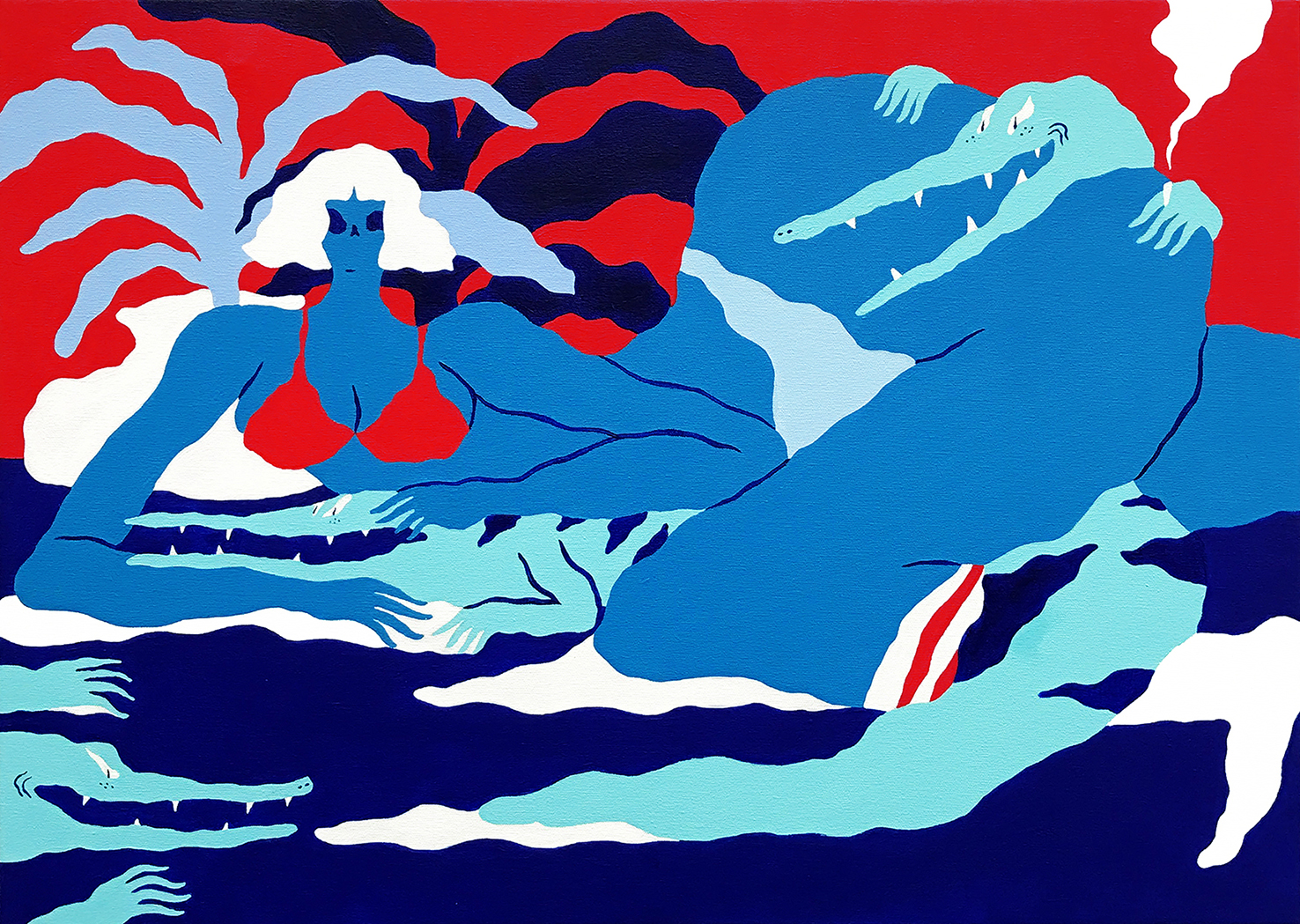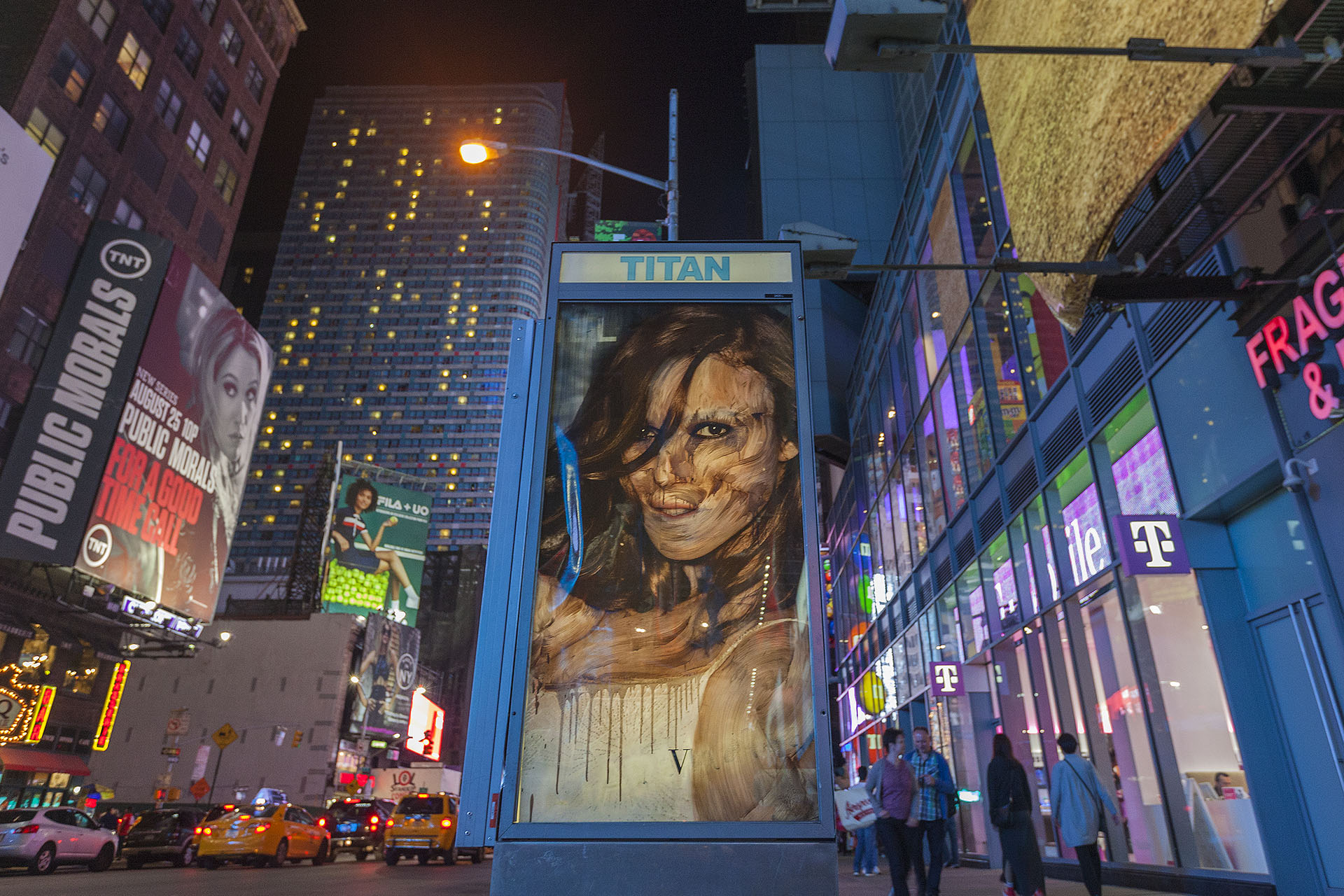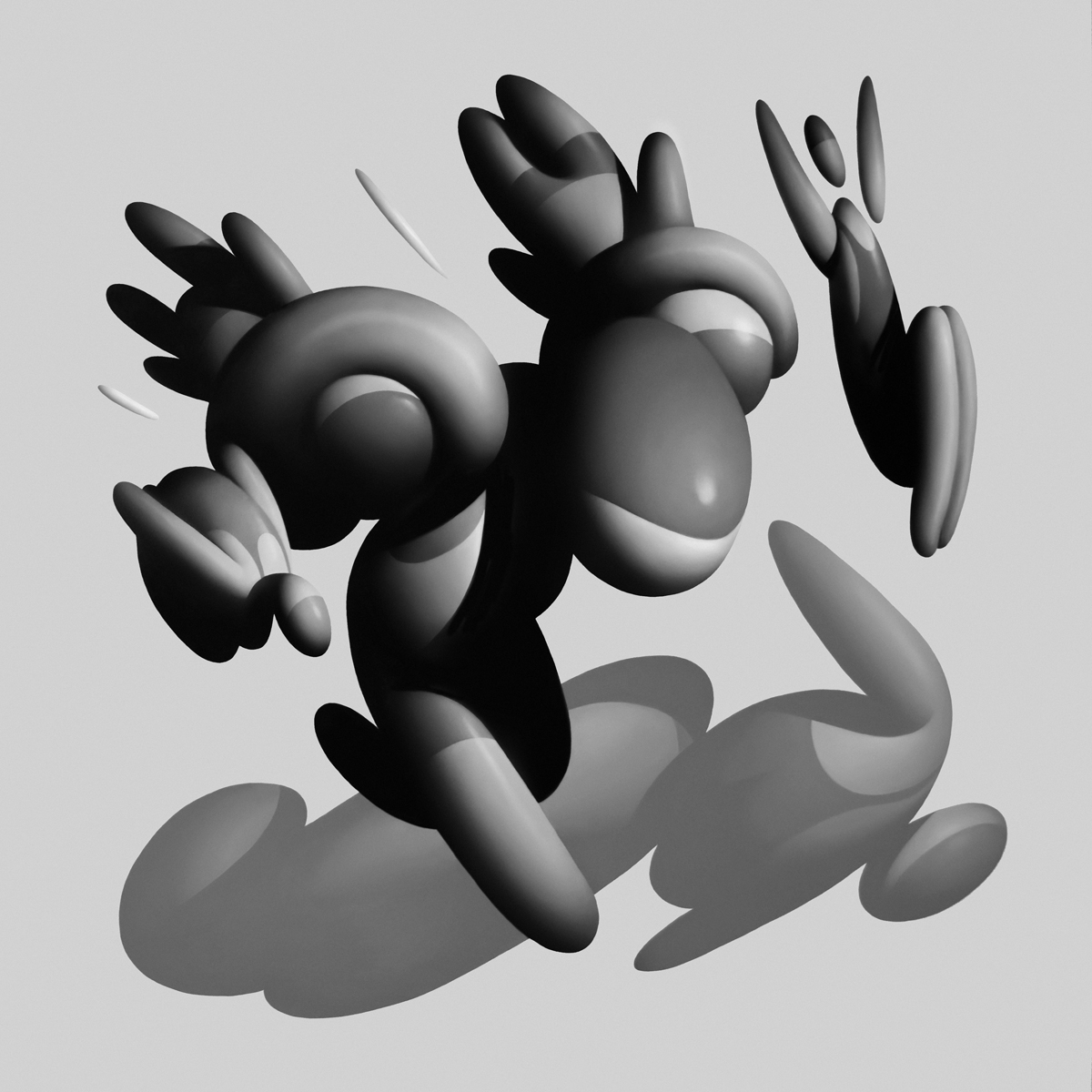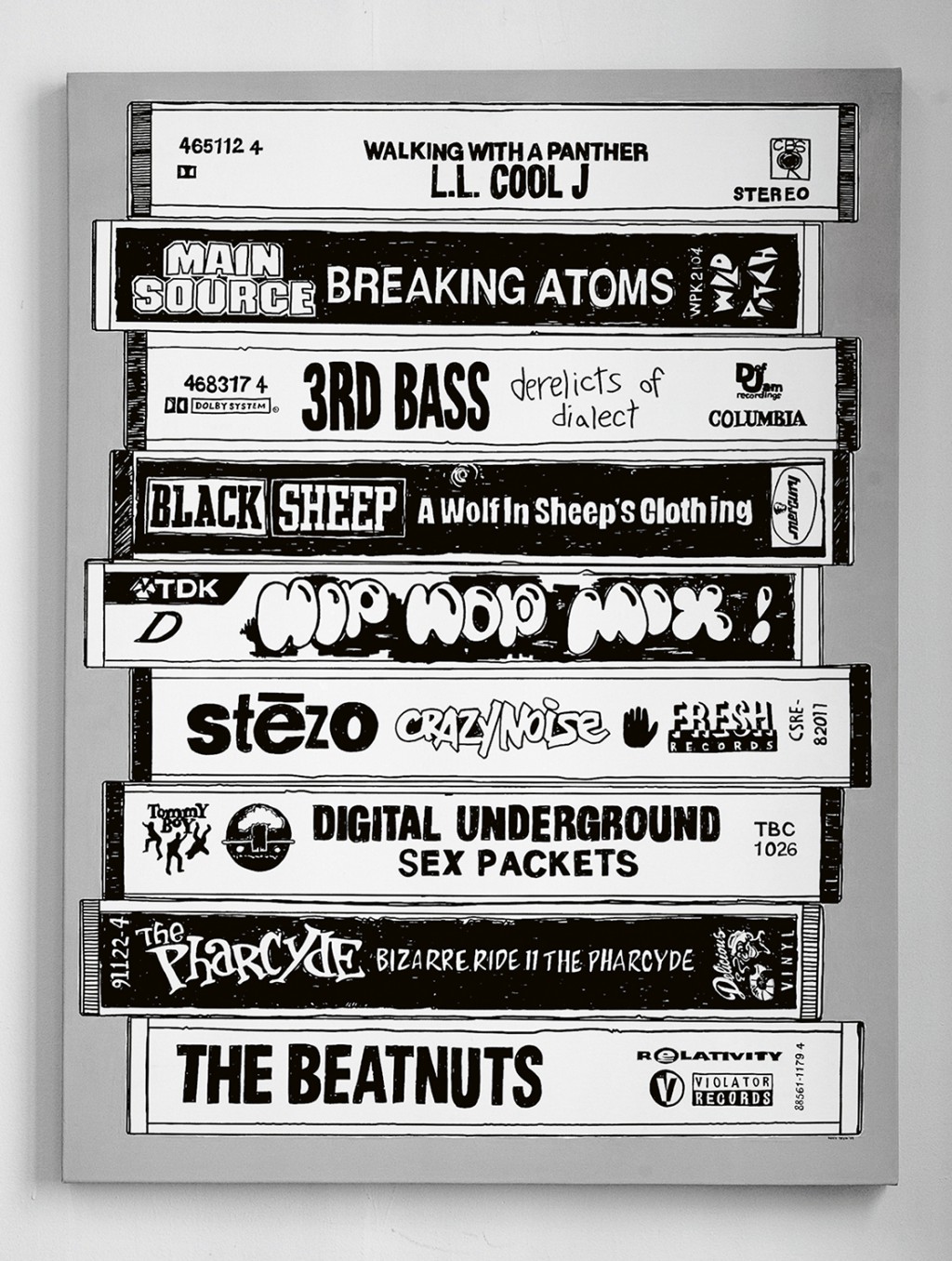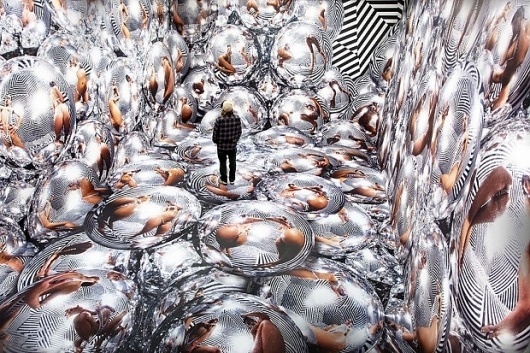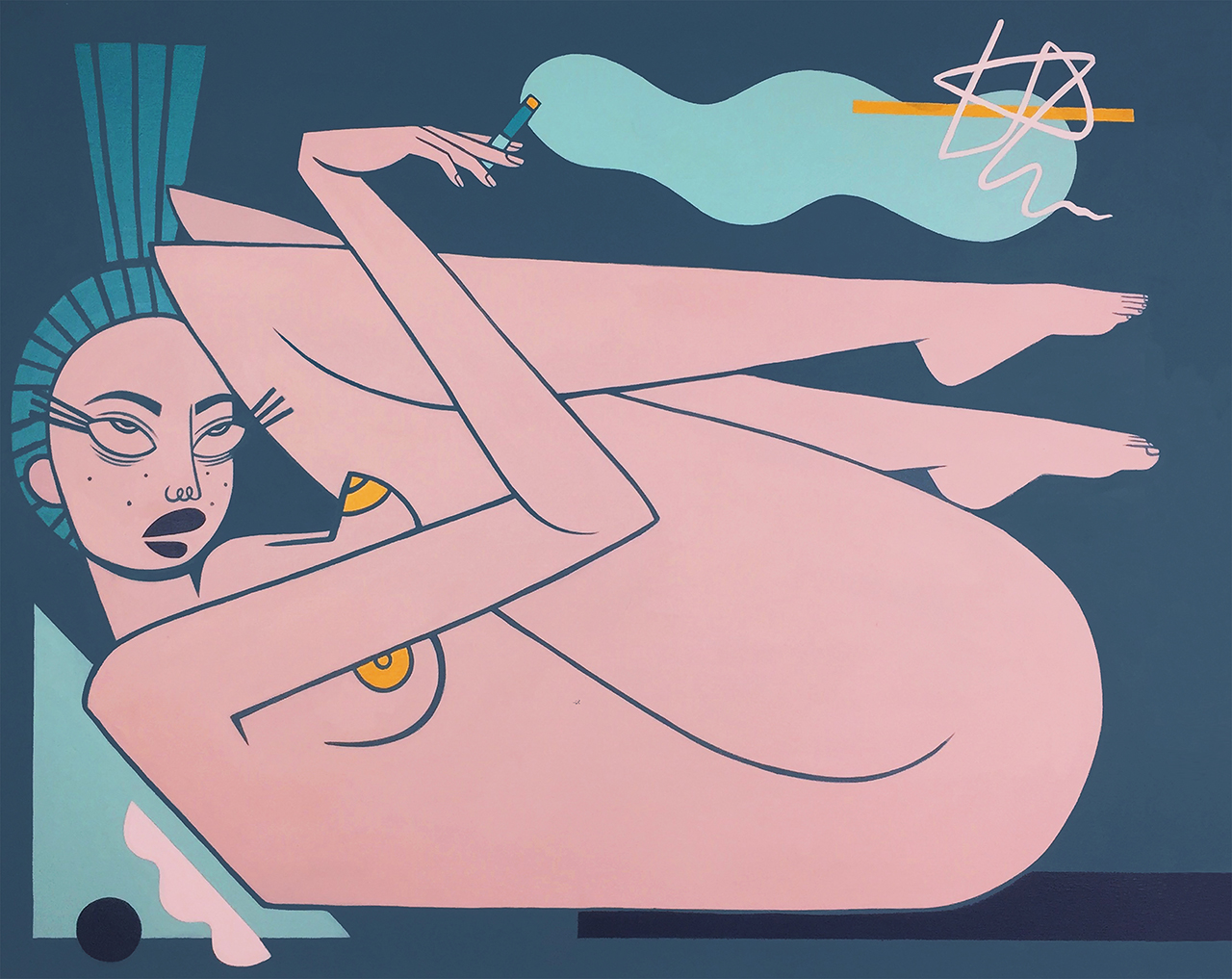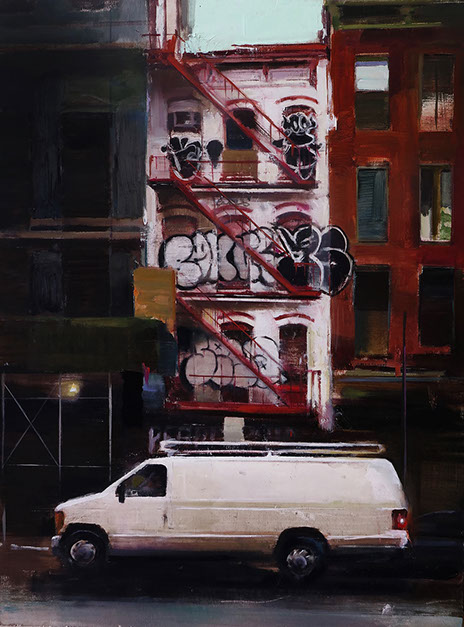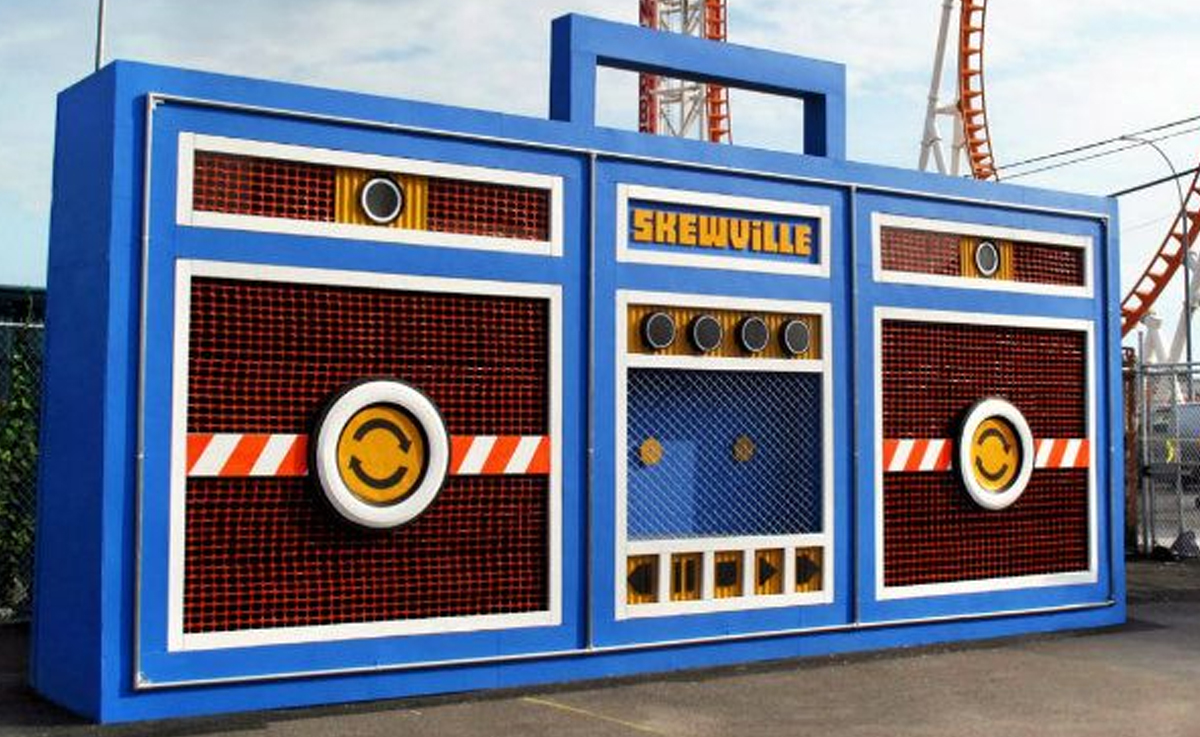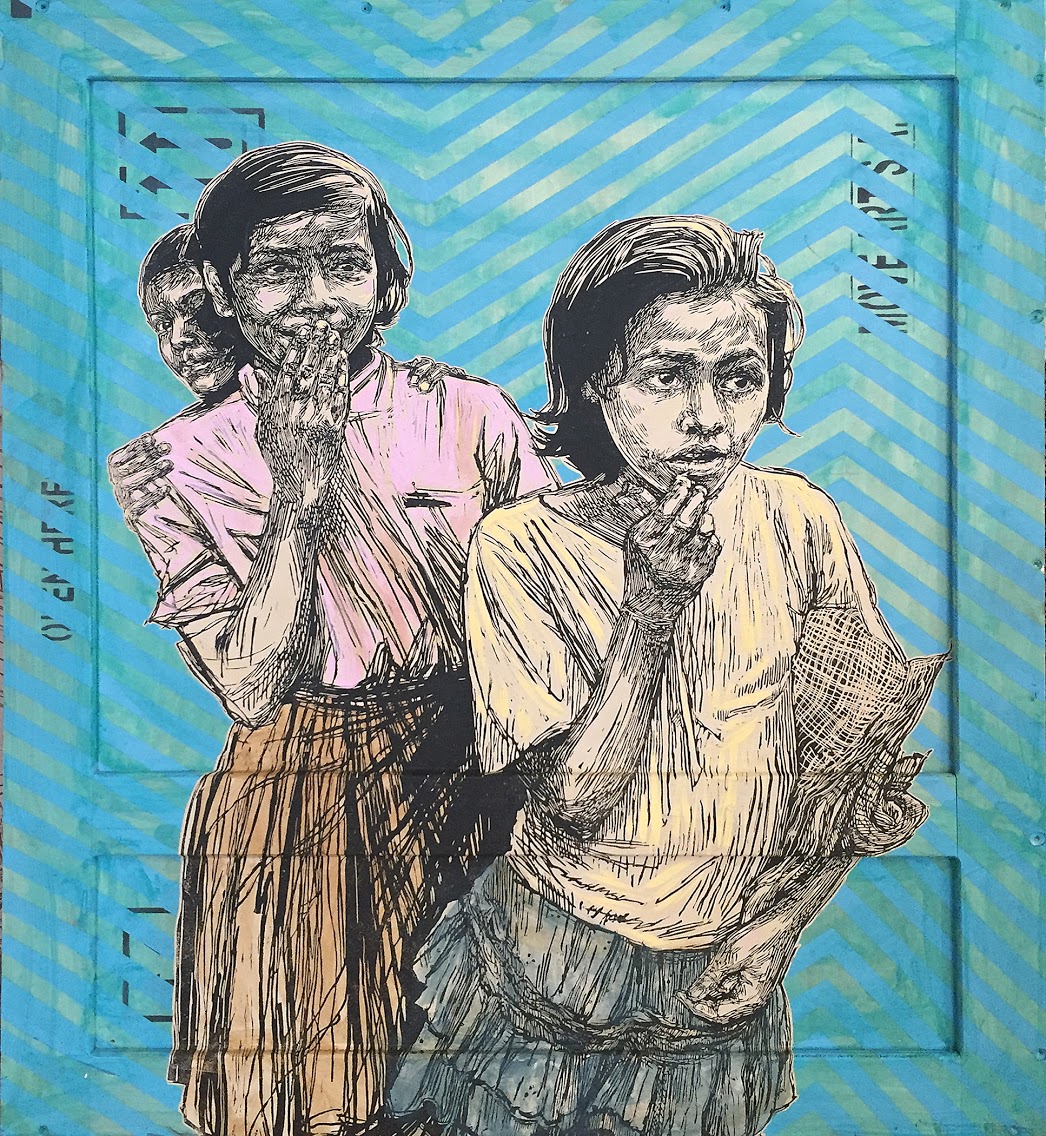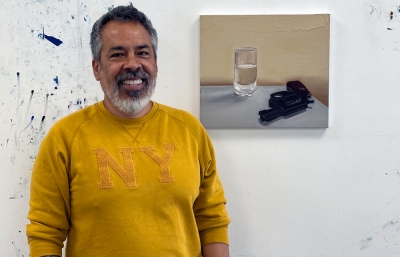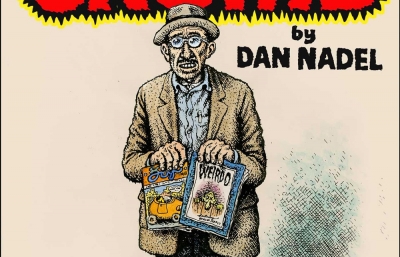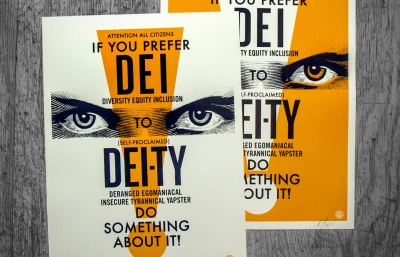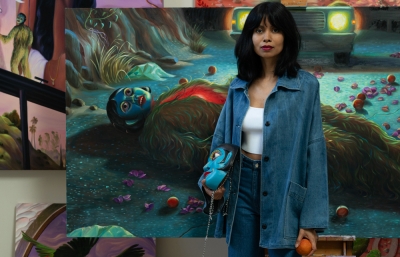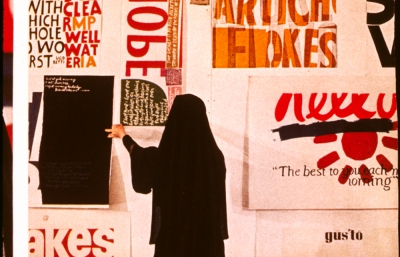Tina Ziegler has done something quite smart with Moniker Art Fair. The Fair director has made her mark by making the Moniker Fair in both London and now Brooklyn feel like a collective, with an engaging and connected spirit that is both about showing some of the best galleries in emerging contemporary art world, but also created an accessible place to buy said art. Now in its 9th year, the Moniker Art Fair is set for Brooklyn, the Greenpoint Terminal Warehouse to be exact, from May 3—6, 2018 (and yes, Juxtapoz will be there, too). On the eve of the Fair, we sat down with Tina about the genesis of Moniker, why Brooklyn will be extra special and branching out into solo shows during the fair.
Evan Pricco: I guess the question that has to be asked: how did you develop your art career to get to the point of being the director of your very own art fair, Moniker? I think people enter the art world in so many different ways, but I'm also curious on the art fair front, how people get into it.
Tina Ziegler: I kind of need to go back to the reason that Moniker began to answer this question: when the fair first came together 9 years ago, it was out of frustration and necessity. Survival even, in the sense that this whole art form didn’t have a platform like Moniker to exist in. I was running galleries and doing pop-up shows around Europe and the US and sure, there was a scene developing - but it still lacked a space like Moniker. I knew I wanted to be torch bearer for the urban contemporary scene, help to nurture it, get it in front of as many people as I could. That was my vision, and it was a strong one, so while I didn’t really understand too much about traditional art spaces or the industries working within them, I understood what was needed, and that conviction ended up growing and consolidating in the form of Moniker. I ended up becoming the director, sure, but to me the fair feels more like a part of me, or an extension in fact.
So you could definitely say that the beginning of my journey was in indie curation and watching my older brother draw in his black book when I was 12, and then due mainly to my frustration with the lack of support out there for the art I loved, I started thinking bigger and have stayed true to that vision for the past 15 years.
(Mike Lee for Over the Influence)
Did you sort of have an idea of what galleries or culture you wanted to represent when Moniker started? How has that evolved over the years?
Absolutely, Moniker from the outset was created to represent urban culture and how that is constantly evolving. All of us essentially were that culture, and that’s been something important to me as Moniker has grown. The fair is the scene and the scene is the fair. One is a part of the other, and evolution has come from the fair and scene taking bold moves, and affecting each other in the process.
In terms of what that means when it comes to which galleries or artists appear within the fair each year, I think the core connecting idea can be identified as one of urban culture. So its much more than just graffiti and street art. You step into the fair and you’re stepping into the middle of the urban mindset, the urban attitudes, the shared feeling: that’s an inspiring thing.
(Egle Zvirblyte solo booth)
Besides your own, do you have favorite fairs you like to go to?
If I can be absolutely honest, I dont’ actually enjoy many art fairs. For the most part, anyway. They’re kind of like giant supermarkets, and I don’t personally get too much out of them. I go to see my friends and the artists I support, but I don’t feel connected to many fairs. I feel like I’m being sold something rather than being a part of something. That said, there are some fairs that I really do rate – Spring Break (NYC), Urbanity (Madrid) – because they’re incredibly thoughtful about the experience their visitors are getting. Every room and every installation is incredibly curated. They’re working so well in their spaces and I think that really stands out. But yeah, on the whole they’re not for me. I think actually when I think about it it.'
(Jillian Evelyn for Superchief)
From when I started at Juxtapoz in 2006 to now, the function of the art fair has evolved so, so much. They are so much more part of the scene, like it really dictates the year. How do you see the role of the art fair now, especially because you are in both NYC and London now.
More than anything, it’s a responsibility: I feel personally responsible for how the urban contemporary art scene is appreciated, taken in, respected. And more than that, I feel responsible for the artists too. It’s important for me that we give space to the artists – and the galleries representing artists – who are thinking further down the line and working towards something a little more interesting, cerebral or different - or the long term not the instagram famous. Making sure we’re doing that and curating something special gets harder every year as the scene grows – there are a lot of people who deserve attention, and making sure that they do is something that can really make a difference to an artist. We know now, for instance, that our curatorial efforts can absolutely create and dictate popularity. Not necessarily in an instant: it could be next year, or the year after. But we’ve become a launchpad, and we want to be a launchpad for the right choices. It means Moniker, and fairs in general, managing responsibly. Picking the right galleries, who in turn pick their own favourites, means you’re effectively creating an ‘elite filter’ if you’re not careful. So also give Open Studio spaces, as I call them, to individual artists, allowing them to exhibit their works on their own, in environments they can personally design to best show their work. Now: galleries to me are incredibly important, and I love and respect the work they do for the artists. So these open spaces aren’t designed to work around a gallery. They’re designed to create the kind of buzz that comes from giving an artist room to show what they’re truly capable of, and ultimately that benefits the artists, the galleries, the fair: everyone. And that’s a good way of summing up the role of a fair like Moniker: to benefit everyone in the collaborative spirit that the scene is known for.
(Matt Drew for Spoke Art)
What sort of differences do you see between London and NYC art scenes?
I have always found NYC a place where they’ll tend to do whatever they like: they’ll support things without hesitance, they’ll be happy to stand out. London can tend to err towards people trying to fit in, which is a little at odds with what Moniker is. We have to work harder to get people involved in the UK: here it feels a little more like it comes naturally. A lot of that is to do with how the various cities are tied to the art world: London has so much older artistic tradition that we tend to butt heads, sometimes accidentally, sometimes out of the things we’re trying to do that go against the grain. You get side-eyed for trying to bring something new to the table. NYC effectively birthed the scene that Moniker has embraced. It’s an easy match, it’s a good pairing. That brings its own challenges though: New York knows street art well and they’re old friends, so my work has been to bring in the artists pushing the scene further and doing something new within it – really impress people who already expect a good show.
(Swoon for Roman Fine Art)
What are you looking forward to for the fair? You seem to have a nice set-up of galleries, but I generally get way more excited about the solo booths!
Can I say the beer? We’ve made our own beer with Circa Brewery and right now with the fair a few days away I’m pretty focussed on having a drink. Seriously though: I’m starting to get that buzz now, and it’s mainly to see how New Yorkers react to this. I always said I’d only come back to my home country if I could bring a big event with me, and well, this is it. You’ve got the European art world and a host of other international inclusions heading to New York to exhibit alongside the art community in the city. Building that bridge has been so important to me.
I am really excited about the first NYC solo shows from European artists I have been championing, such as Bom K. Brusk and Vermibus. I am really excited to have Brooklyn locals, Skewville doing a special installation and painting our fair entrance, plus murals by D*FACE and a wild moving installation INSA and I dreamed up which will be presented at Moniker.
Overall I just feel proud in a way, that my small yet powerful team has been able to think big and put on our first international art fair. There is more to come from team Moniker…
This May 3 – 6, Moniker International Art Fair makes its New York debut, welcoming international and local collectors to a four-day celebration of New Contemporary Art at Greenpoint Terminal Warehouse, Brooklyn. For more information, visit www.monikerartfair.com

